By Louise Irvine
The diamond pattern was one of the earliest patterns to be adopted in cut crystal in the English and Irish glasshouses of the 18th century. The prismatic surface design greatly enhances the brilliance and reflecting power of the crystal. It was used to great effect on wine goblets and decanters, which sparkled under candlelight at sumptuous banquets as, well as in the chandeliers that illuminated them. The Waterford Crystal factory in Ireland is world-famous for the deep ornamental cuts which gave its crystal a unique luminosity.
The tradition of glassmaking in Waterford City dates to 1783 when the Penrose brothers founded a factory with a vision to make the finest quality “drinking vessels and objects of beauty for the home.” They recruited expert glassmaker John Hill from England, who encouraged 70 of his fellow craftsmen to emigrate to Ireland. Establishing the factory in Ireland was a shrewd business move as England imposed a crippling glass tax on the raw materials used for glass making. Ireland enjoyed free trade in glass without taxation until 1811 so Waterford got off to a flying start. Waterford glass was patronized by British royalty and sold in fashionable markets as far afield as Paris, Spain, New York, New England, and the West Indies.
In the early 1800s, only the wealthiest in England could afford decorative glass objects, large windows, or greenhouses to grow fruits. The glass tax imposed by the government was widely criticized in medical circles for creating unhealthy cities by limiting access to light and it was finally abolished in 1845. The virtuoso craftsmanship of the Waterford glass cutters was greatly appreciated by Victorian high society. At the Great Exhibition held in London’s Crystal Palace in 1851, Waterford showed deep-cut crystal dessert services and stemware dominated by a magnificent candelabra adorned with multi-faceted drops of cut glass. Unfortunately, excise taxes and increased competition put Waterford out of business in 1853.
There were attempts to revive the Waterford style in the early 1900s, but it was not until after World War II that two Czech immigrants with experience in the Bohemian glass industry were successful at re-establishing Irish glass-making in Waterford. In 1947, Karel Bacik and Miroslav Havel studied the products and pattern books of the original Waterford company at the National Museum in Dublin, including the traditional deep diamond cuts. Havel couldn’t speak English when he arrived, but he could blow, cut, sculpt, and engrave glass. He was responsible for the company’s classic Lismore pattern, which became the best-selling crystal pattern in the world.
Waterford company became profitable again in 1955 and business boomed. By the 1970s, Waterford employed 3,000 people and was the largest glassworks in the world. Lighting was one of Waterford’s specialties and they were commissioned to create chandeliers for Windsor Castle, Westminster Abbey, and the Kennedy Center in Washington, DC. Waterford’s chandelier production drew Dale Chihuly to the factory in 1995 for his Chihuly over Venice project. In 1999, more than a billion people watched Waterford’s Millennium Ball, a six-foot diametric crystal ball, being lowered for the Times Square New Year’s Eve celebrations.
Waterford Crystal went into receivership briefly in 2009 but the following year it was announced that the Waterford Wedgwood Royal Doulton group of companies was opening a new manufacturing facility in the heart of Waterford City. In 2012, Arthur Wiener and I visited the new home of Waterford Crystal with a group of American collectors on a tour of Ireland. We were able to watch glass blowing and crystal cutting using traditional techniques and Arthur acquired his iconic Seahorse cut crystal bowl at that time. A seahorse is the symbol for the Waterford crystal company and for many years a green-and-gold seahorse sticker identified its products. The Waterford seahorse pays homage to the Waterford city crest, which depicts a seahorse and a lion.
Waterford Crystal continues to be collected in the USA and is handed down through the generations as treasured family heirlooms. This iconic Irish crystal is truly the diamond of the glass world.
Read more about chandeliers
Lighting Up the World of WMODA

Diamond cut pattern

Diamonds
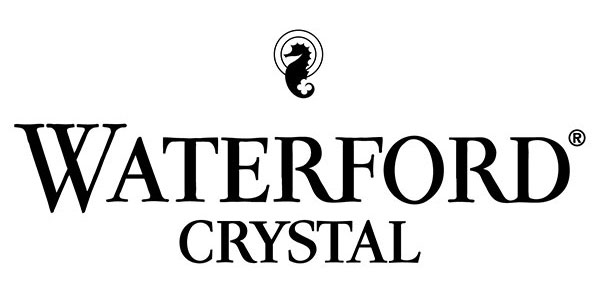
Waterford Crystal
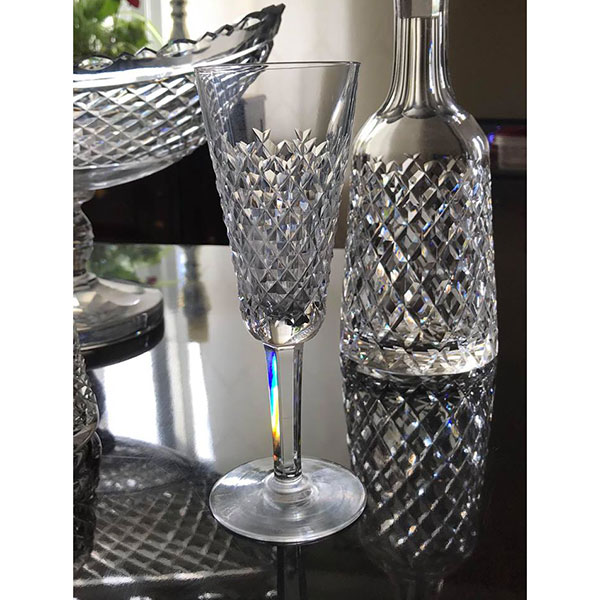
Diamond cut glass set

The Crystal Palace, Hyde Park
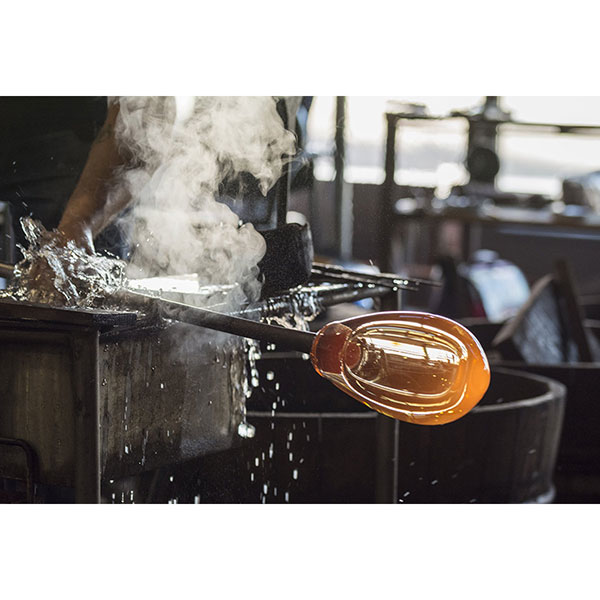
Blowing Glass

Work in progress at the Waterford Factory

Philip O'Keeffe wheel cutting glass
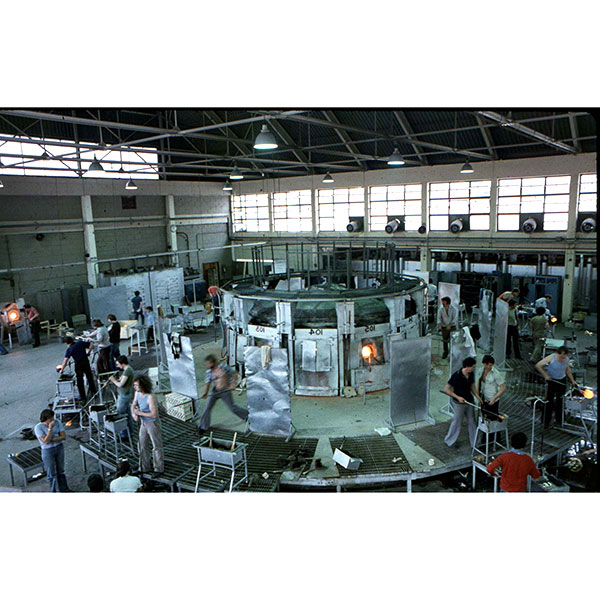
Inside the Waterford Factory

Waterford at night

Waterford Lismore stemware

Waterford Times Square Millennium Ball
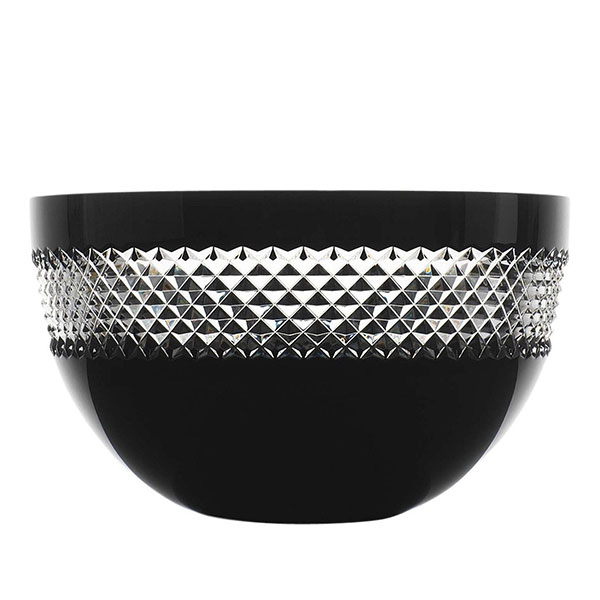
Waterford John Rocha Bowl

Waterford Flaming Prestige Decanter

Waterford Seahorse Bowl

Waterford Seahorse Candlestick
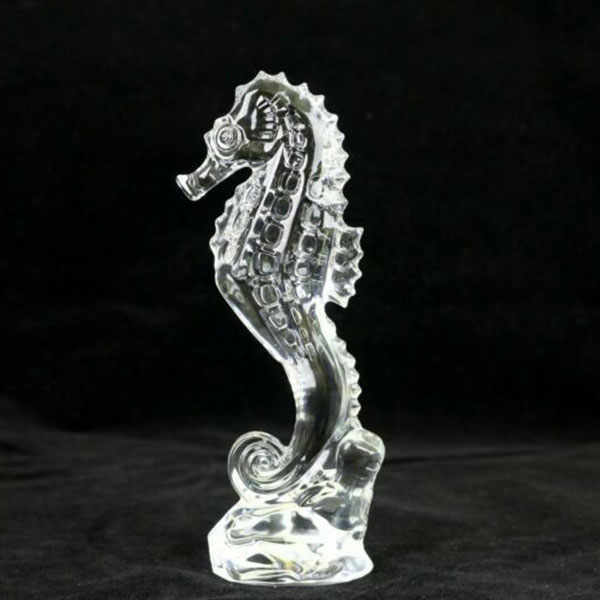
Waterford Seahorse
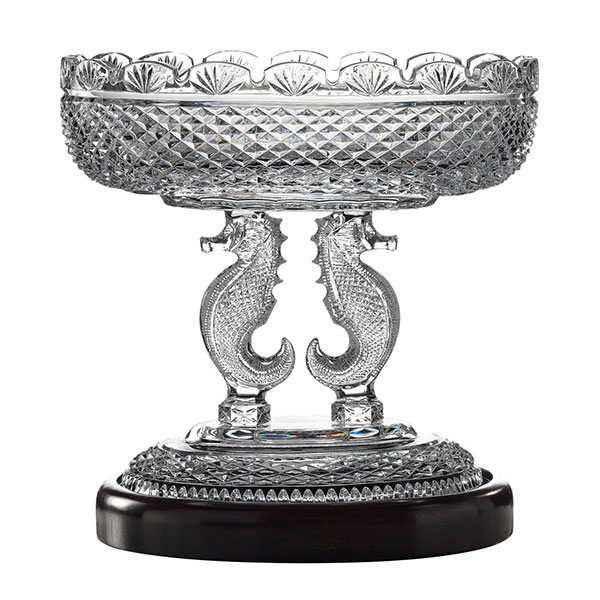
Waterford Seahorse Bowl
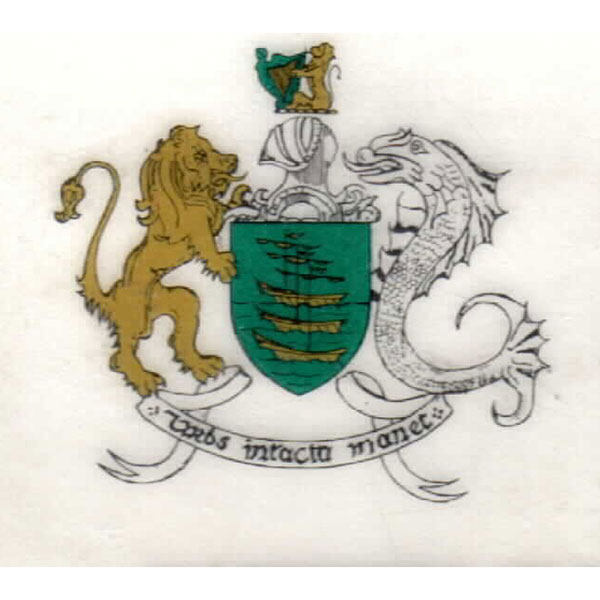
Waterford Coat of Arms
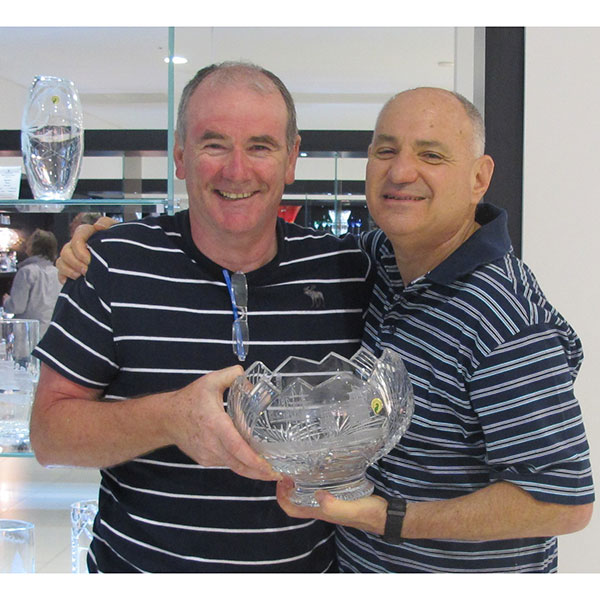
Philip O'Keeffe and Arthur Wiener at Waterford

Arthur at Waterford

Arthur at Waterford with Seahorse Bowl

Arthur with a Waterford Harp
